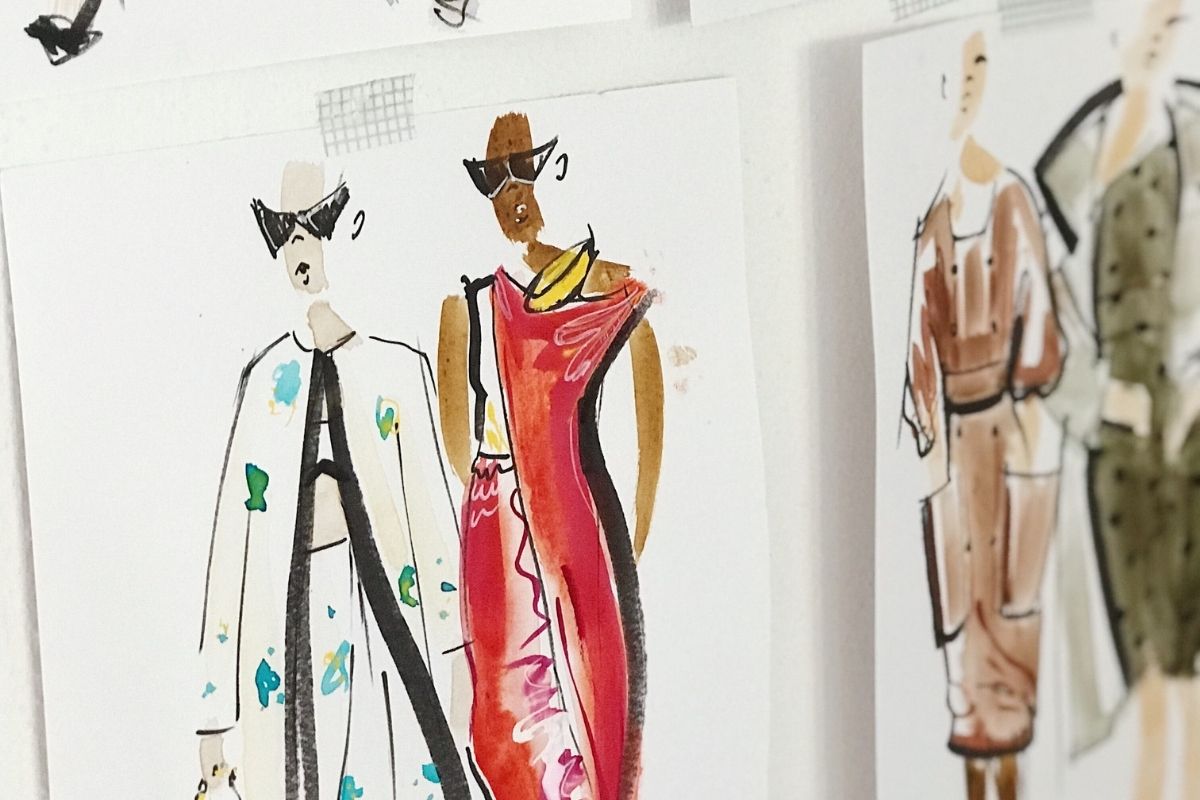Range Planning and Sourcing Production: Good, Better, Best
When we’re first initially launching a brand, we really need to think about where’s the opportunity. Where do we want this brand to sit within my price zones? Is it a good brand? Is it a better brand? Is it a best brand? That’s some of the terminology we use. If it’s an opening price, is it something in the middle or is it something that’s high end? Depending on where the brand will sit, that determines what the materials are. For example, if you’re opening price, you’re not going to have any leather in the line, and the materials will be all manmade. If it’s something that’s in the mid-tier, there might be one or two key items that you might have leather in. The leather will be where you think it’s really important for the customer, but the majority of it may be manmade. Once you get into some of the best brands or something that’s a little bit more designer inspired, that’s where you’ll use a lot of the better materials. Even within leather, you’ll have, different qualities of leather from India, Italy, etc. All of that fluctuates, but understanding the brand DNA and the pricing architecture will determine the maternal.
Each category should have a price point. You should know what you’re designing into. You should know your wholesale price point and you should know your retail price point. You need to need to learn the wholesale part because it will enhance your design capabilities. It makes you smarter. To know what shoes sold and what they sold for. This is what the margins were. This is what the markdowns were if they were put on sale. How many points are they making? You need to know all those things. It’s very important.


